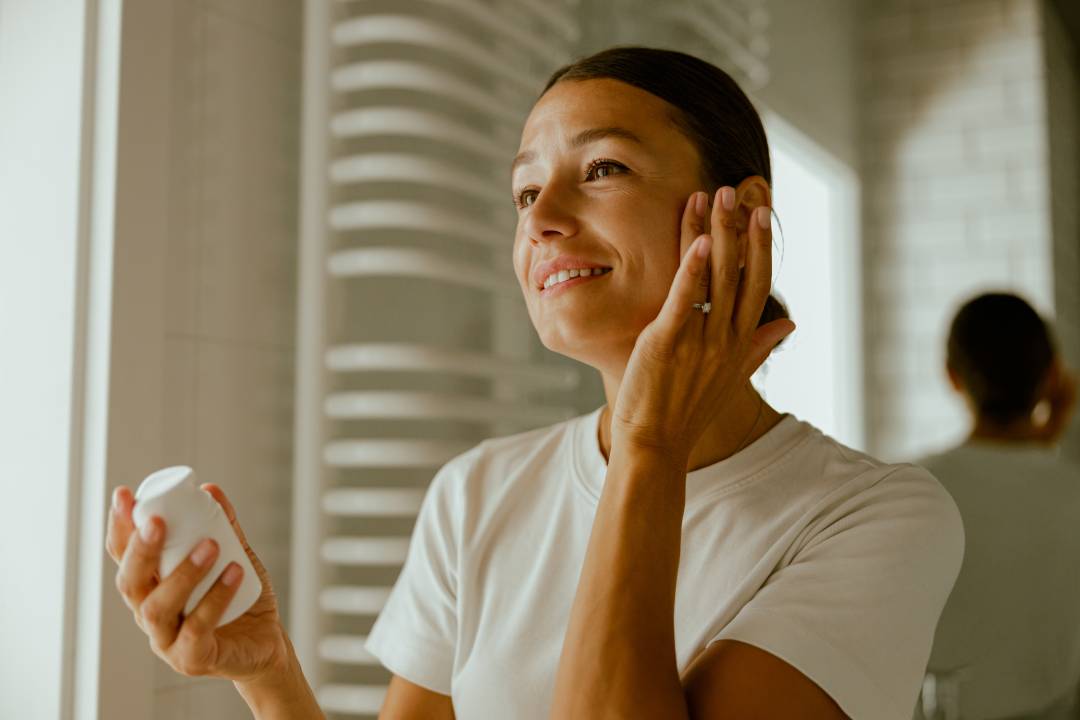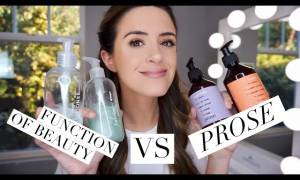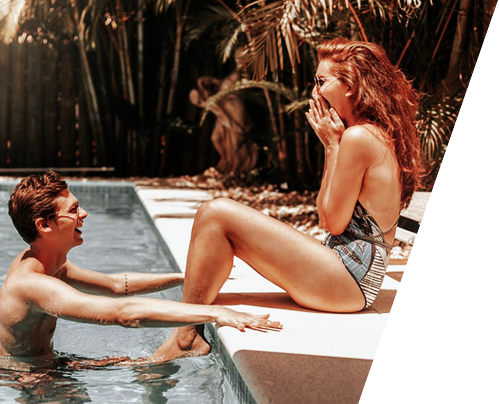It started with hope and ended with peeling.One night, I applied a prescription retinoid like I was in a pharmaceutical commercial—clean face, ambient lighting, full faith in science. Two days later? I looked like I’d been exfoliated by sandpaper and regret.
If you’ve ever tried retinoids without a proper moisturizing strategy, you already know the story: redness, flakes, irritation, and wondering if “the glow” is just an urban myth.
Good news: it’s not.
Better news: moisturizer is the unsung hero in this glow-up saga.
Let’s Get One Thing Straight—Timing Is Everything
Post-cleansing, your skin is vulnerable.
Damp, absorbent, and way too eager to soak in whatever you throw at it. Applying a retinoid now? That’s like launching a missile without a target lock.
Wait 15 to 20 minutes after cleansing. Let your skin chill. Dry skin slows retinoid absorption just enough to minimize irritation without killing results. It’s a tiny delay that makes a massive difference.
Enter: The Moisturizer Sandwich (Yes, This Works)
You’ve probably heard of it. If you haven’t—welcome to the holy grail.
The method:
Moisturizer → Retinoid → Moisturizer.
That first layer of moisturizer? It acts as a buffer, softening the blow of the retinoid without completely blocking it. Think of it as an airbag for your skin barrier.
It’s not cheating. It’s strategizing.
Especially helpful if you’re new to retinoids or your skin tends to throw tantrums.
Apply Retinoids Like You’re Seasoning a Delicate Dish
Not too much. Just a pinch.
A pea-sized amount for your entire face. Seriously. That’s it.
Dot it on your cheeks, forehead, chin. Gently blend.
Avoid the high-risk zones: around the eyes, nostrils, and mouth—unless you’ve earned your stripes (read: your skin has adapted).
More is not more here.
More is “Why does my face feel like it’s burning in slow motion?”
Seal the Deal: Moisturize Again
This final layer is non-negotiable.
Use a gentle moisturizer rich in barrier-loving ingredients like ceramides, hyaluronic acid, or glycerin.
Keep it simple.
Skip the actives, fragrances, or anything with “tingling” in the description. This is a hug, not a high-five.
Feeling dry or tight? Add a drop of squalane or a layer of petrolatum on top. Yes, slugging still works. Just maybe change your pillowcase.
The Next Morning: SPF or Regret—Your Choice
Retinoids increase sun sensitivity. So unless you’re trying to undo all your progress (and add hyperpigmentation to the mix), wear broad-spectrum sunscreen. Every. Single. Day.
Layer it over your morning moisturizer, not instead of it. They’re not interchangeable. They’re teammates.
Your Game Plan for Happy, Non-Irritated Skin
- Start slow: 2–3 nights a week, max. Work up gradually.
- Avoid actives on retinoid nights: No AHAs, BHAs, scrubs, or vitamin C. Save them for non-retinoid days.
- Watch your skin’s reaction, not the calendar: Peeling? Red? Angry? Ease off and increase the moisturizer buffer.
- Neck & chest: Proceed with caution. These areas are thinner and freak out faster. Buffer heavily or skip early on.
Final Thought: Skin Is a Marathon, Not a Flash Sale
Prescription retinoids can deliver serious results—but only if your skin stays on board.
That glow everyone talks about? It’s real. But it’s built, not blasted.
With the right moisturizer, a little patience, and some common sense, you can level up your skincare routine without turning your face into a battlefield.
Slow down. Buffer up. Moisturize like you mean it.
Your future face is going to love you for this.
Read More: Antennino: Complete Guide to Features, Benefits & Future Innovations












